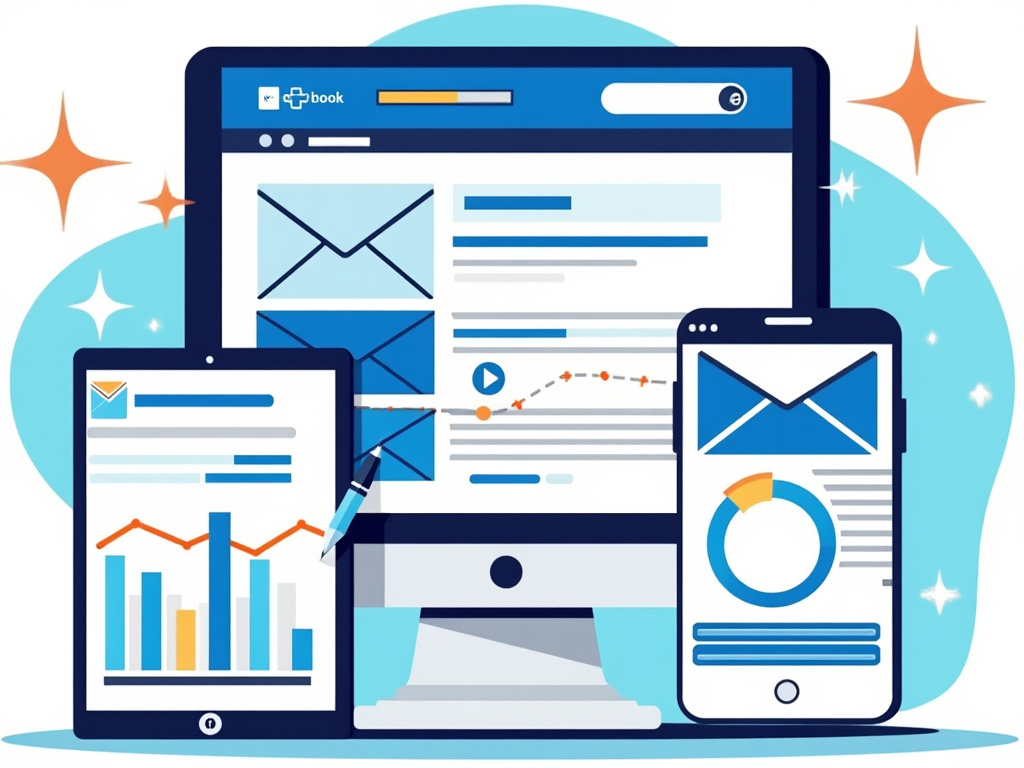Email Timing: Guide to Scheduling Email Campaigns for Maximum Engagement

Understanding Email Timing: The Key to Engagement
In the bustling world of e-commerce, where every second counts and customer attention is fleeting, the timing of your email campaigns can make or break your marketing efforts. Imagine crafting spectacular emails filled with enticing offers, only to see them lost in crowded inboxes. Mastering email timing means knowing when your subscribers are ready to engage, ensuring your messages don’t just get delivered but get noticed.
The science of email timing combines understanding your audience’s behavior with experimenting and analyzing data. By strategically scheduling your email campaigns, you can significantly boost open rates, click-through rates, and ultimately, conversions. Let’s dive into the key strategies for scheduling your mass email campaigns effectively.
Analyzing Your Audience’s Behavior
Before scheduling your emails, it’s imperative to have a solid grasp of your audience. Different demographics engage with emails at varying times, so start by gathering data on your subscribers. Here’s how:
- Segment Your Audience: Divide your mailing list based on past purchase behavior, demographics, and engagement levels. This allows you to tailor your messaging and timing to fit each segment’s preferences.
- Leverage Existing Data: Use analytics tools to study when your previous campaigns performed best. Track open rates, click-through rates, and sales conversions to determine patterns.
- Conduct Surveys: Don’t hesitate to ask your customers directly when they prefer to receive your emails. Simple survey tools can offer invaluable insights.
The Best Times to Send Emails
While ultimate success hinges on your unique audience, various studies suggest general trends that can guide your scheduling decisions:
- Weekdays Are Prime: Most experts recommend sending emails from Tuesday to Thursday. Mondays can be overwhelming for many, while Fridays are often reserved for weekend plans.
- Timing Matters: Late mornings (around 10 AM to 11 AM) and early afternoons (1 PM to 3 PM) are generally peak periods for email opens. However, depending on your audience, late evenings could work well, especially for consumers with jobs requiring high focus during business hours.
- Consider Industry Specifics: B2B emails tend to perform better during business hours, while B2C campaigns often see higher engagement during non-work hours.
Testing and Tweaking: The Necessity of A/B Testing
Once you have a plan, don’t settle; A/B testing is a crucial component of mastering email timing. By trying different send times and analyzing outcomes, you can refine your strategy. Here’s how to set up effective A/B tests:
- Test One Variable at a Time: Change only the send time in your tests to isolate its impact. Otherwise, you won’t know what’s driving the results.
- Segment Your Lists: Involve a representative sample from your segments in A/B tests to gain insights relevant to each customer group.
- Evaluate Regularly: Revisit your findings periodically, as audience behaviors and preferences may shift over time, influenced by seasons, holidays, and trends.
Automating Your Success with Tools like Incomaker
Integrating an effective email automation platform such as Incomaker can streamline your timing strategy significantly. With features that allow you to automate campaigns based on customer behavior and interactions, automation tools enable you to:
- Send Triggered Emails: Automate emails that respond in real-time to customer actions, such as abandoned carts or post-purchase follow-ups.
- Personalize Send Times: Tailor delivery windows based on individual subscriber behavior, ensuring your emails land in inboxes at the most opportune moments.
- Monitor Performance: Track how emails perform over time and adjust your future campaigns based on analytics that Incomaker provides.
Keeping It Fresh: Seasonal Timing Strategies
With holiday shopping seasons and sale events dominating the calendar, consider unique strategies for timing your campaigns. Tailor your approach to both the occasion and the behavior of your audience:
- Holiday Promotions: Send early-bird offers well in advance of significant holidays. People love to plan ahead.
- Last-Minute Deals: In the days leading up to events like Valentine’s Day or Black Friday, consider sending timely reminders to capitalize on the rush.
- Seasonal Campaigns: Change your email strategies with the seasons, promoting seasonal products when your audiences think about them most.
Timing your mass email campaigns requires a mix of data analysis, audience understanding, and iterative testing. It’s not just about when to send but how to connect in a way that resonates with your audience. By leveraging the right tools and adopting effective strategies, you can turn your email campaigns into powerful engagement tools that drive sales and enhance customer loyalty. Every minute matters—make yours count!



